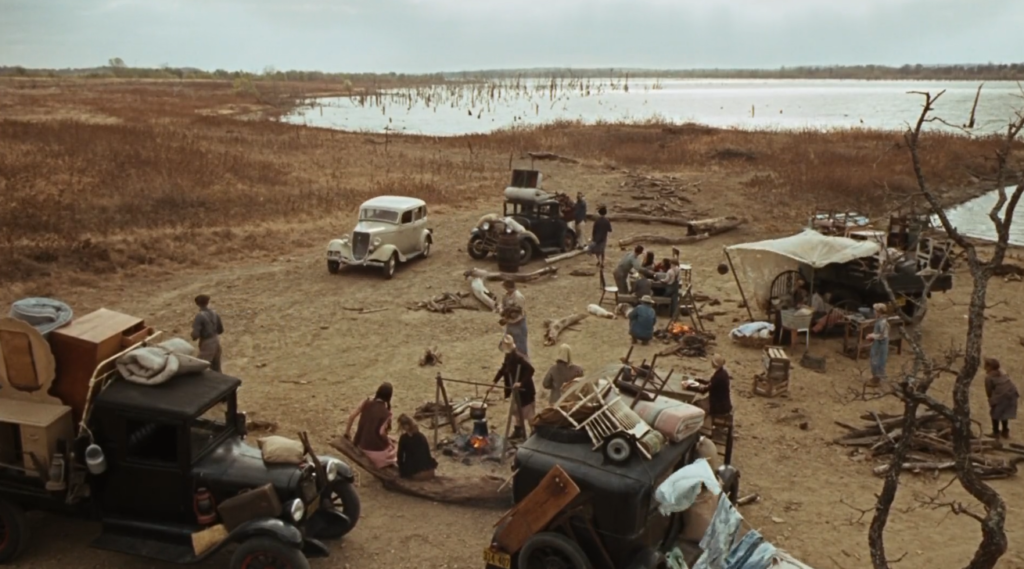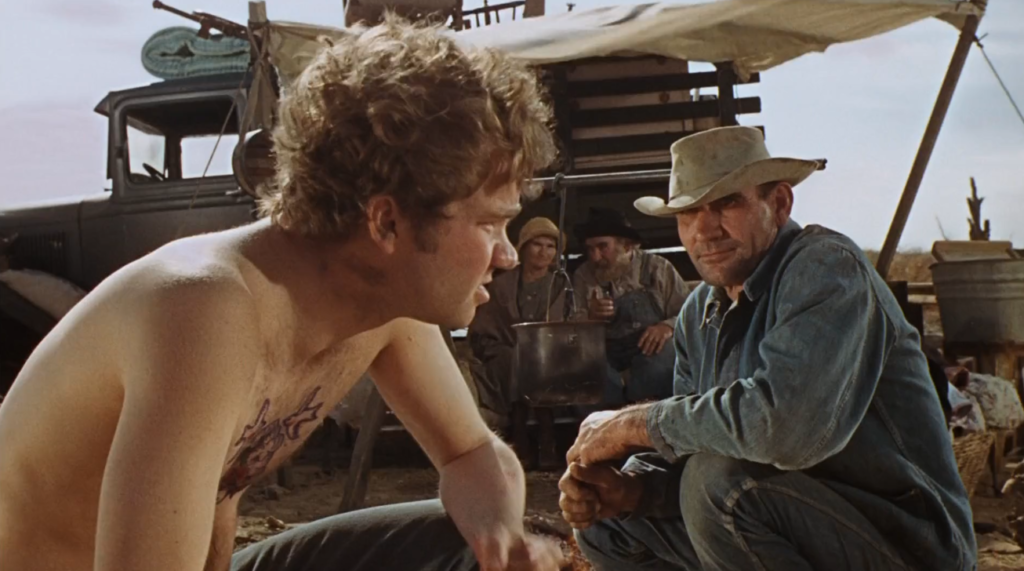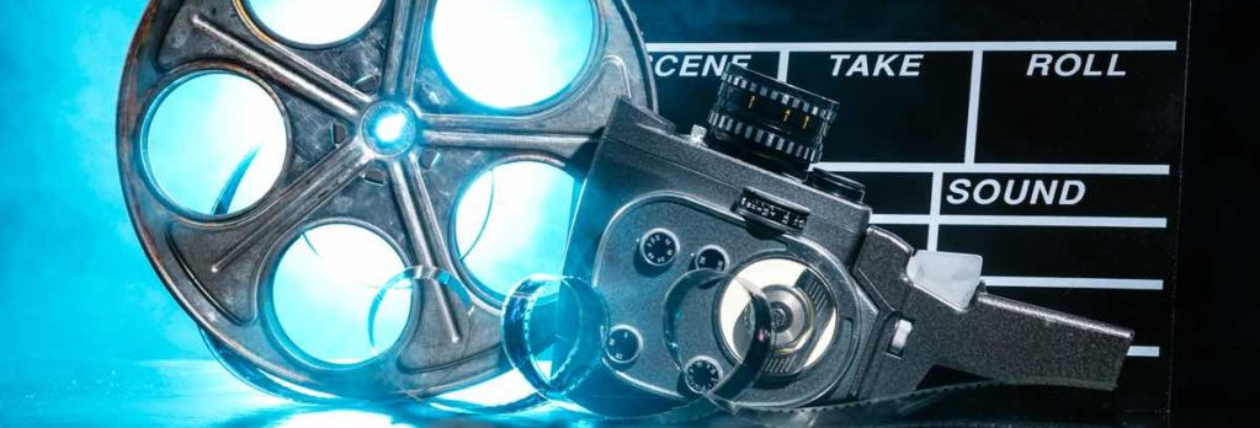How are different groups represented In Bonnie and Clyde and what ideological standpoints may these representations reveal about these groups?
Women –
Women in Bonnie and Clyde are represented as accessories to the men, shown in scenes with the characters: Bonnie, Blanche and the undertakers girlfriend, their male counterparts are almost always being at their side. This is a stereotypical representation of women still common in the patriarchal society of the 1960s which was the decade this film was made in. However, Faye Dunaway’s character, Bonnie, differs from the stereotype as she is more so a Femme Fatale, shown by the director as playing a more independent role and being the dominant one in the relationship between her and Clyde.
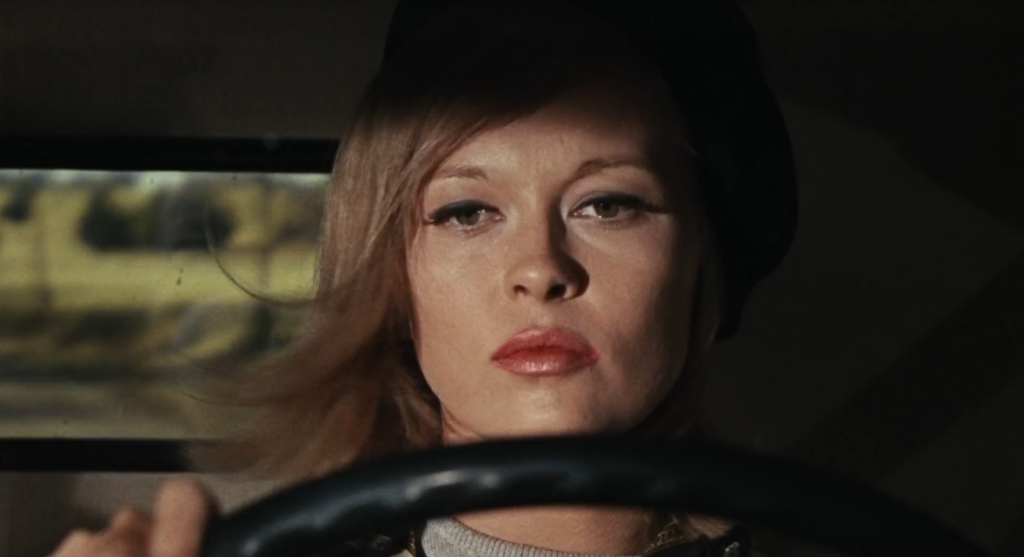
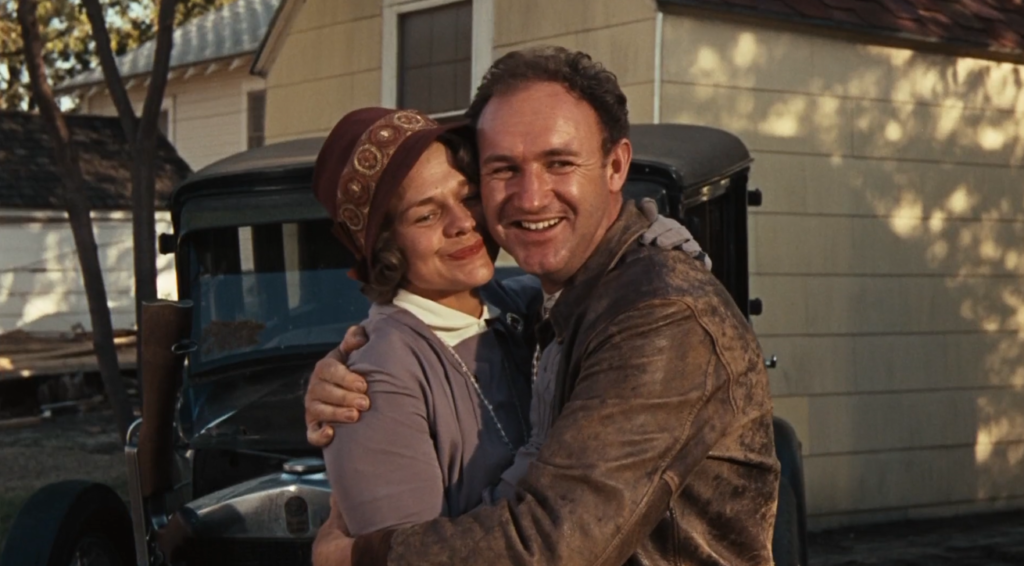
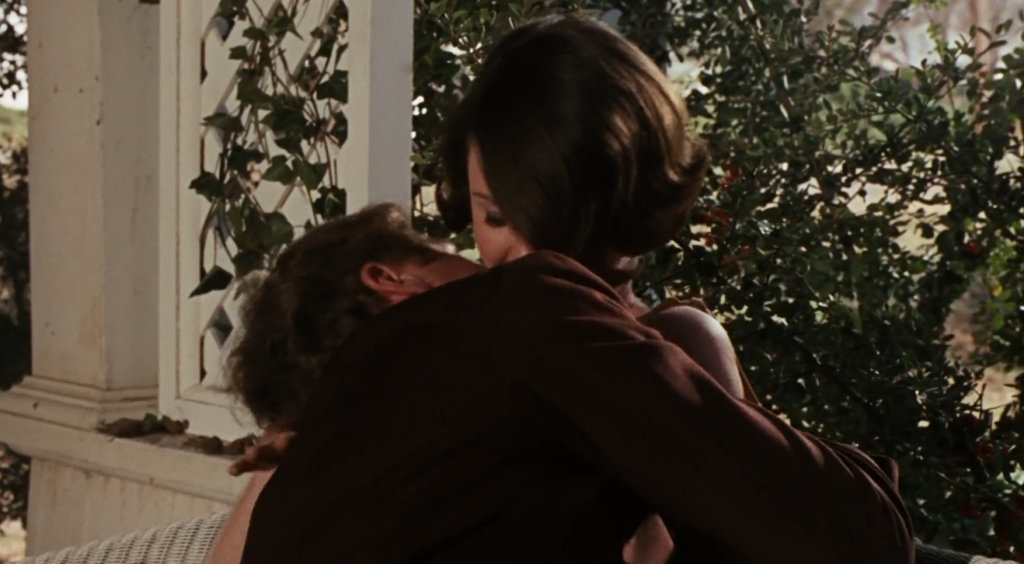
Men –
Men such as Clyde and his brother, Buck are represented as being almost boisterous when around each other, this shows an aspect of immaturity as it mainly their actions that get them into trouble such as antagonizing the Texas Ranger, this includes other men such as C.W. Moss and the undertaker being youthful with their personalities such as liking cars. Men like the Evicted home owner and the Texas Ranger, Frank Hamer, are shown to stern, emotionless and stone-faced, this can be seen as a typical masculine representation from the time.

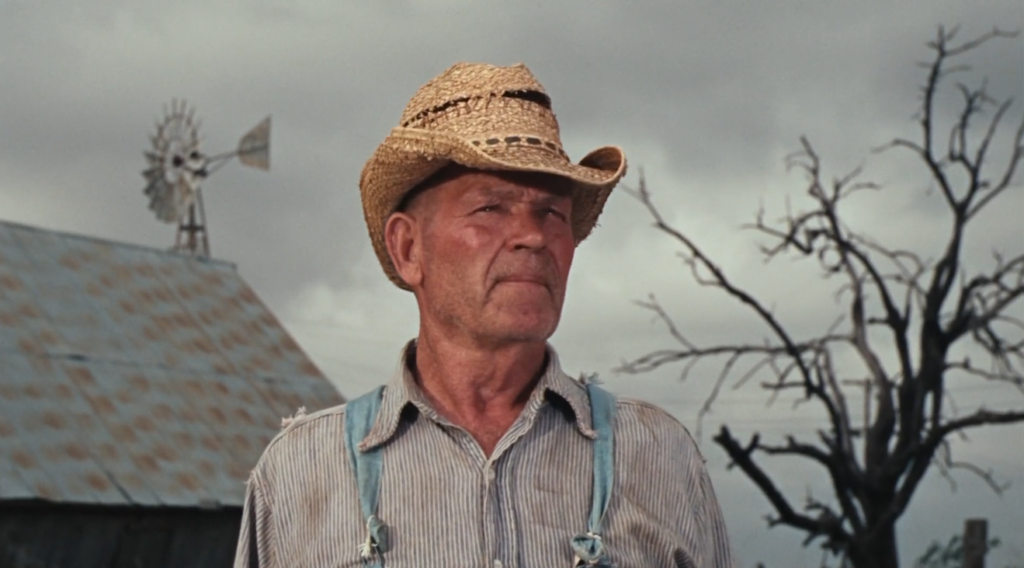
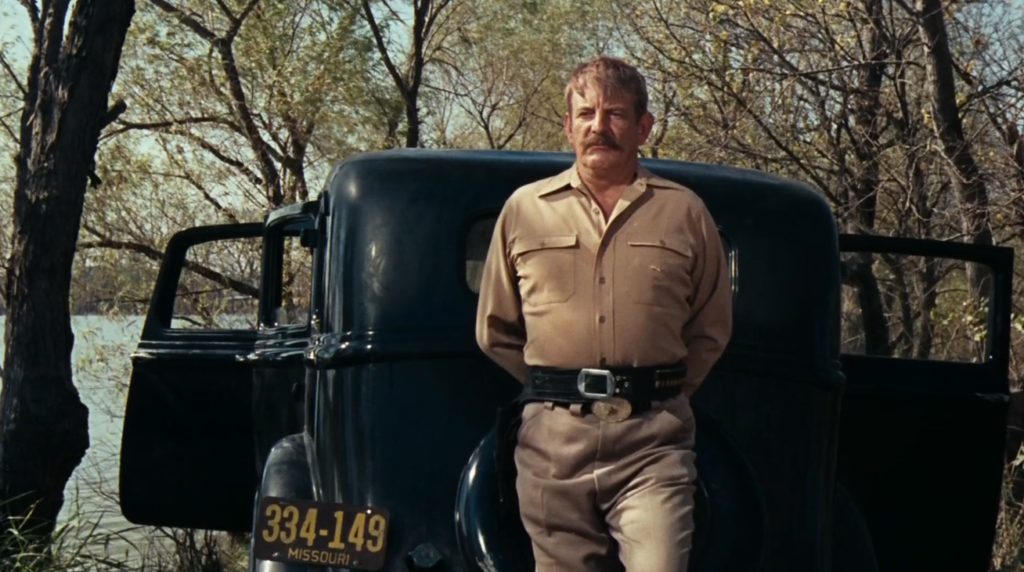
Authority Figures –
Authority figures in Bonnie and Clyde are represented as persistent and determined in the arrest of the main protagonists, with the character of the Frank Hamer, being a Texas Ranger brought out of retirement to capture them, it represents authority figures like this further, it also can be seen with him interrogating Blanche after a shootout to find out more about his targets. They can also be seen to be easily outwitted and manoeuvred by the gang such as within police chases, shootouts. Their persistence is thoroughly shown with the use of an armoured car brought to deal with them. From an ideological viewpoint this could represent the film makers use of French New wave as the protagonists and the authority as the government and previous film styles that were more traditional.

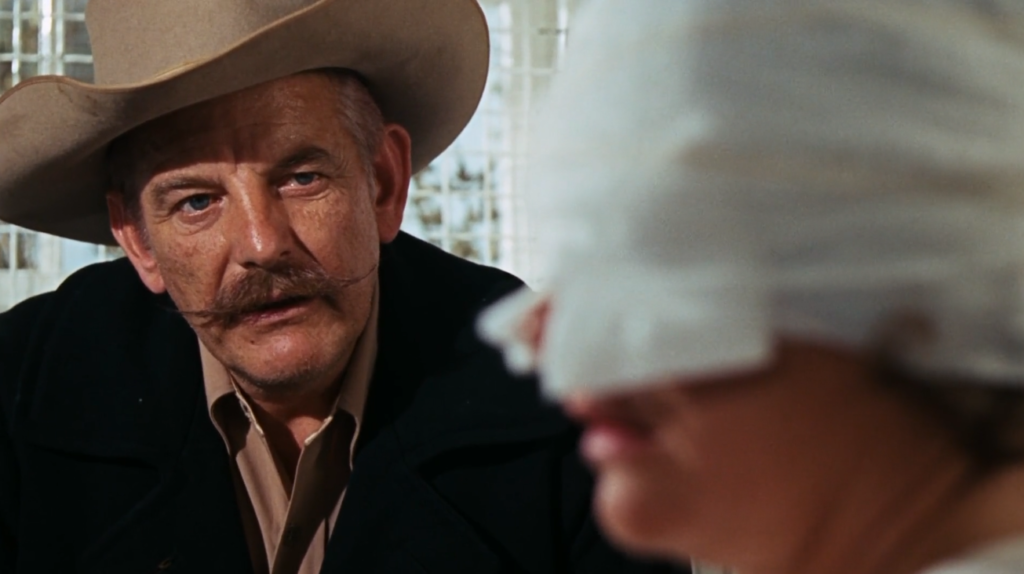
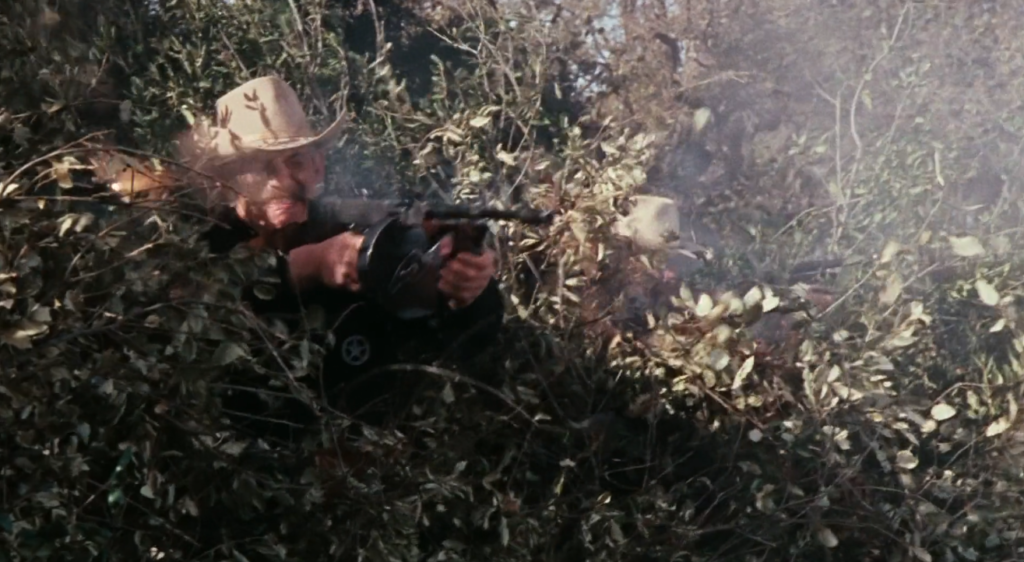
People of Colour –
People of colour in Bonnie and Clyde are represented as being equal to white people, although during the time, America was still racially divided, this representation could go to show the developed youth of the era showing their acceptance of racial equality such as with the worker of the evicted home owner shaking hands and being treated fairly by the protagonists. With also being able to shoot at the bank owned building this could go be a visual metaphor for the civil rights moment.
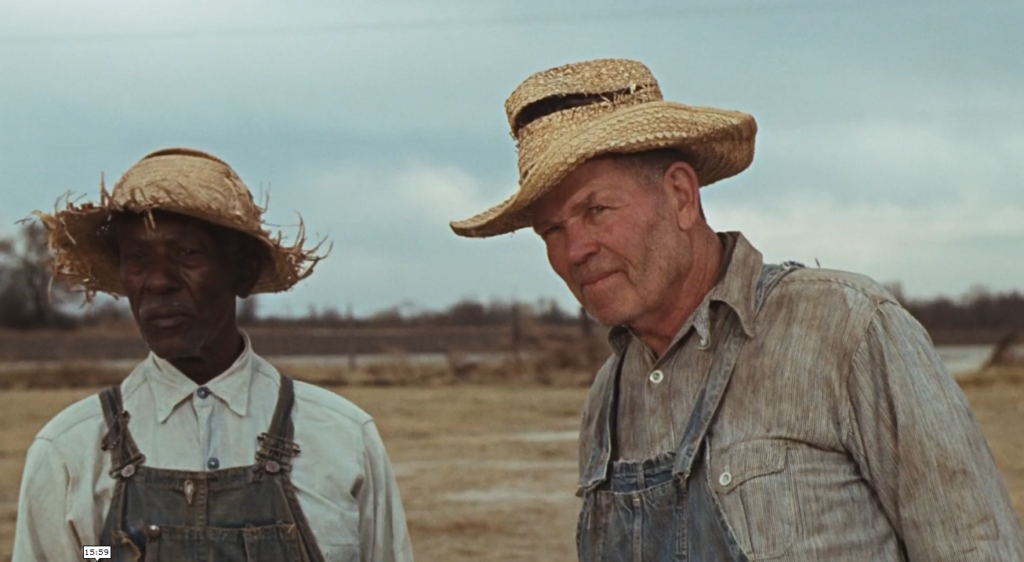
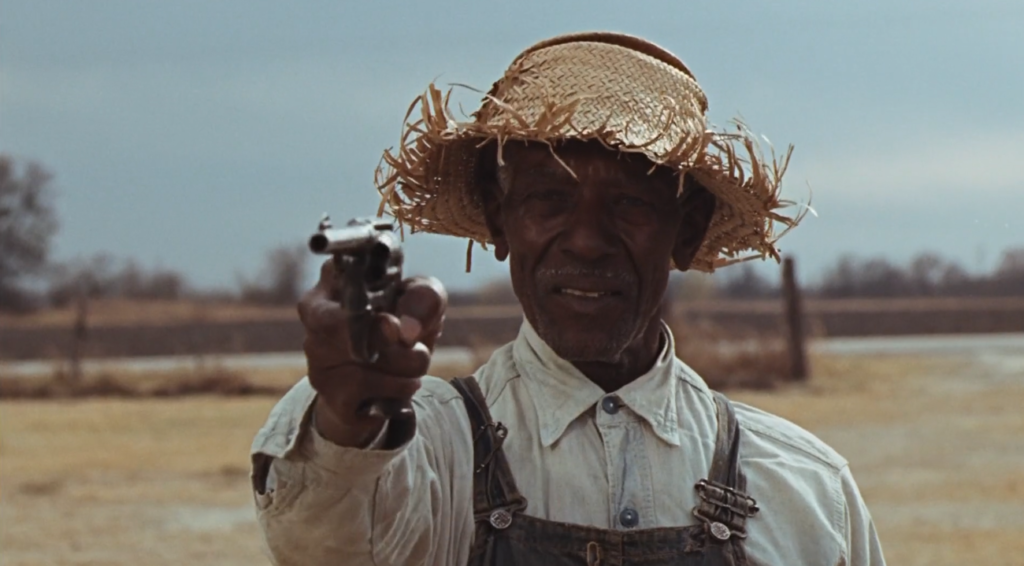
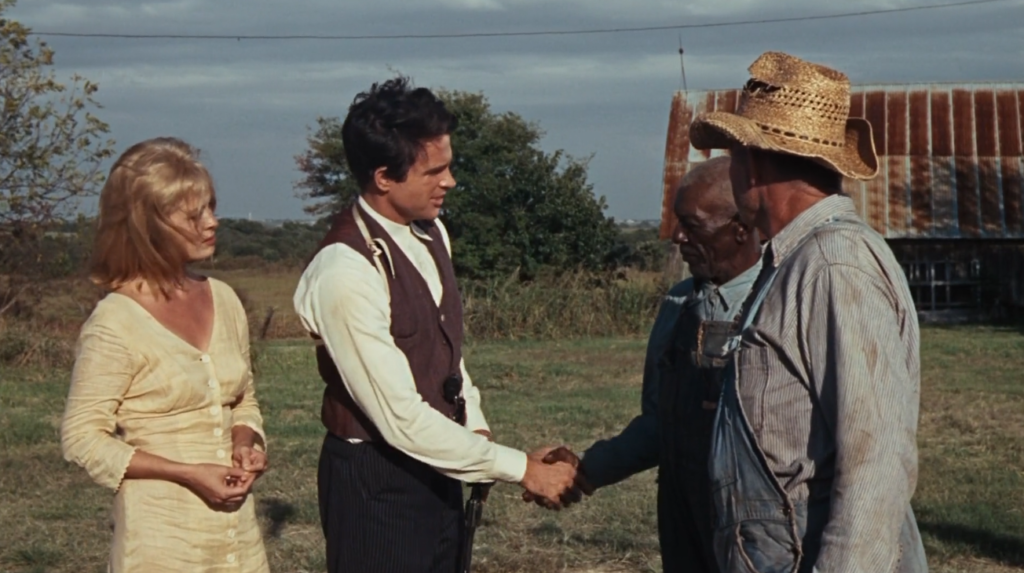
Working Class Americans –
Represented as down to earth and humble, the working class Americans are shown to be caring travellers, sharing little of what they had. living out their carts and trucks they are shown as deeply poor. Since the film is set in the 1930s, this is an accurate representation of people of the working class as many lost their jobs due to Great depression.
